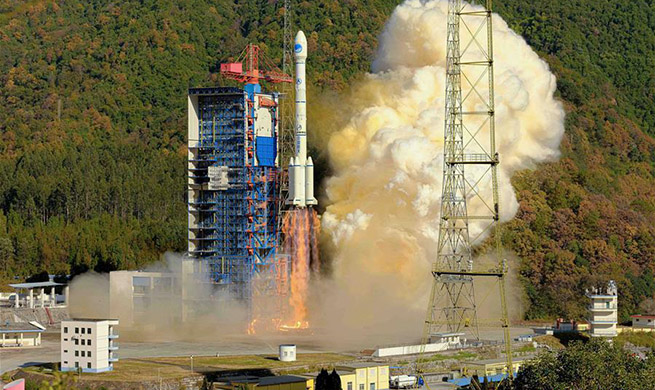LOS ANGELES, Dec. 16 (Xinhua) -- A team of international researchers have developed a new instrument for the U.S.-based Laser Interferometer Gravitational-wave Observatory (LIGO) which can take out quantum noise and extend the detectors' range, according to a recent release by the California Institute of Technology (Caltech).
The new device, named "quantum vacuum squeezer," helps LIGO to shave down this confounding quantum crackle, and extend the detectors' range by 15 percent.
LIGO used to pick up whispers of gravitational waves from space every month or so. Thanks to the squeezer, now it is happening nearly every week, according to the release.
The new instrument was designed, built and integrated with LIGO's detectors by researchers from the Massachusetts Institute of Technology (MIT), Caltech and the Australian National University.
"Where quantum mechanics comes in relates to the fact that LIGO's laser is made of photons," said lead author Maggie Tse from the MIT.
"Instead of a continuous stream of laser light, if you look close enough it's actually a noisy parade of individual photons, each under the influence of vacuum fluctuations. Whereas a continuous stream of light would create a constant hum in the detector, the individual photons each arrive at the detector with a little pop," Tse said.
Combined with an increase in laser power, the detectors can pick out a gravitational wave generated by a source in the universe more than 400 million light years away, according to the study.
The study was published in the journal Physical Review Letters.













